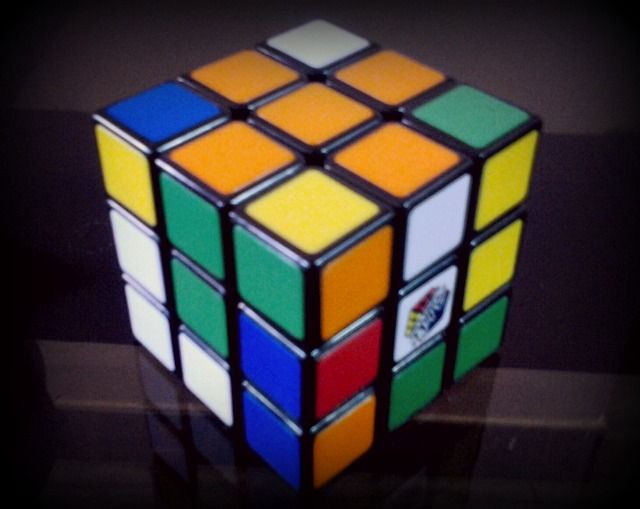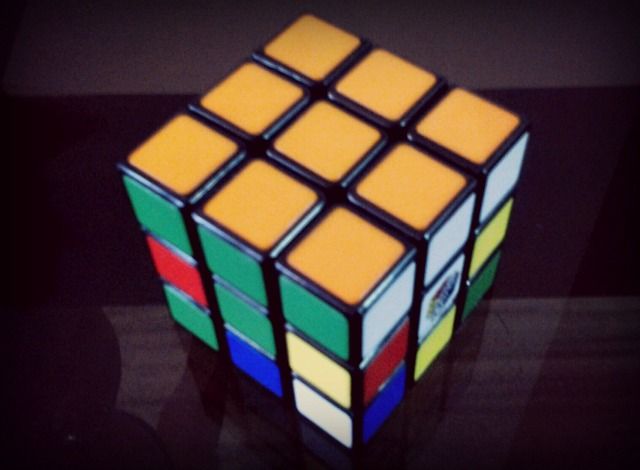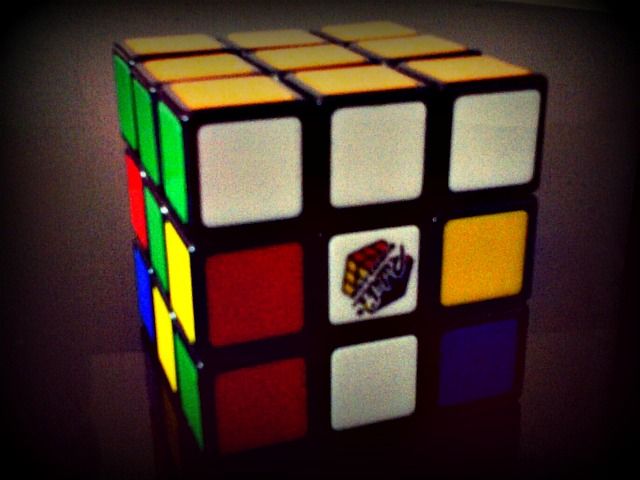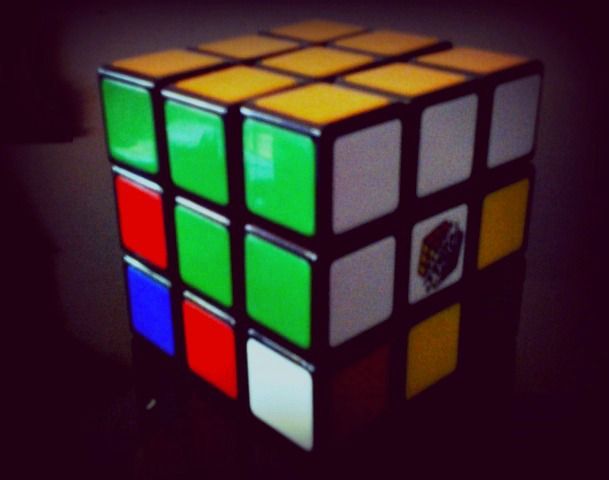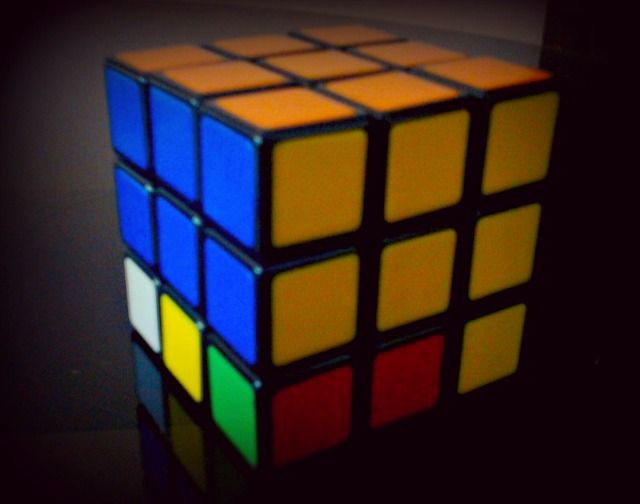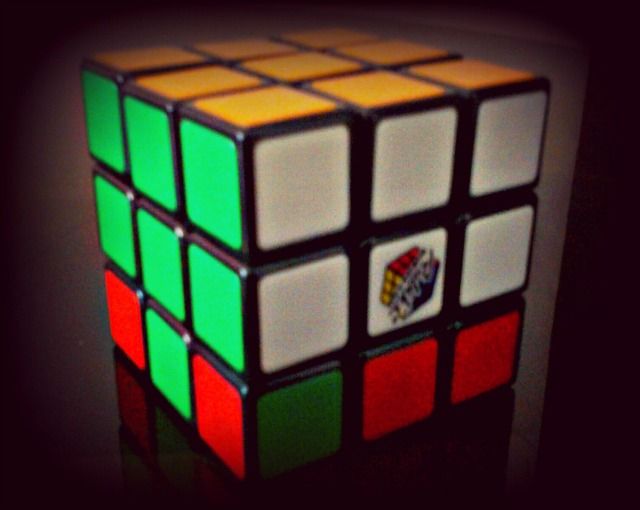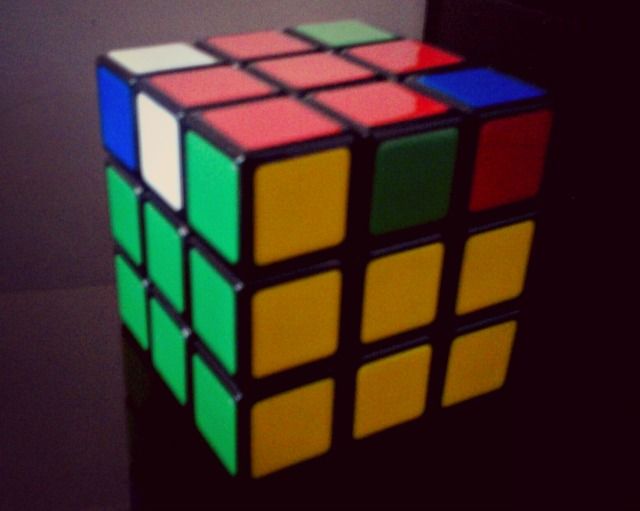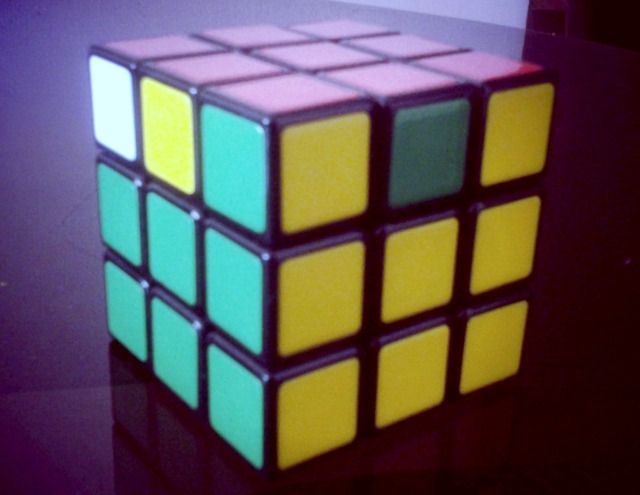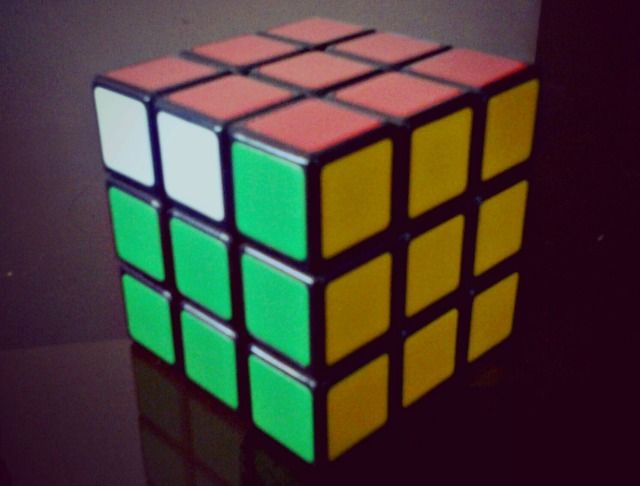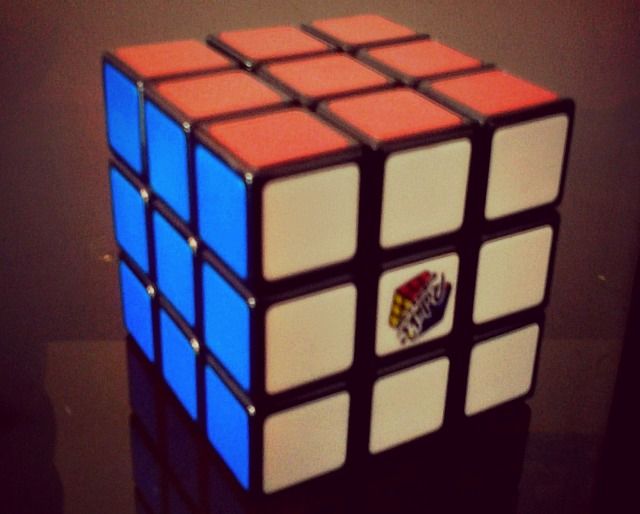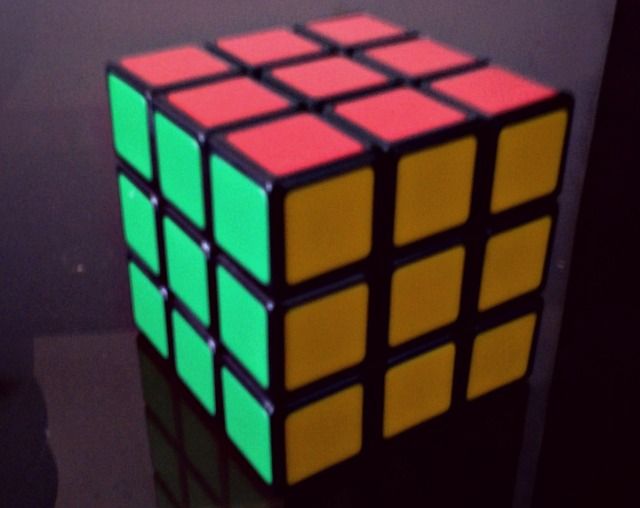Updated by Gavin Phillips on 05/23/2017
The Rubik's cube is one of those puzzles that are endlessly fascinating to people of all age groups. But, trying to solve it for the first time can be an exercise in frustration. If only there was an easy way to learn how.
Well, as it happens, there is. I'm a first-time cuber myself, if you ignore my previous attempts to solve the puzzle by idly twisting the cube this way and that, without applying an ounce of thought or logic.
Driven by the desire to learn to solve the Rubik's cube, I decided to start afresh, this time with more focus and practice. As expected, the Web provided endless interesting content on the topic, as well countless more puzzles to keep you occupied -- for days.
Where I Began My Quest
I started my search for information with Saikat's article on websites to solve the Rubik's cube. Things just snowballed from there and I ended up with page after page of tricks and algorithms.
Finally, I narrowed down a few simple methods recommended for beginners and put them to the test. As I found out, there is indeed a method that stands out for its simplicity and ease of memorization. Using this method, I was not only able to solve the cube, but also repeat the process several times over with surprising ease.
The Easiest Method
Here is a detailed look at that simple method to solve the Rubik's cube, as explained by Vince Rocca in his YouTube video. Of course, you can always learn by watching the video. But for those who prefer the written word and appreciate the inputs of a fellow newbie, the following description can help. Pair it with the video and maybe you can even grasp the solution faster and better.
http://www.youtube.com/watch?v=mvhKNXHQqyM
The Basics You Need To Know
Familiarizing yourself with the pieces of the cube and the standard notations used in various Rubik's cube algorithms, including the one I'm describing here, is important and quite easy.
The six faces of the cube are referred to as Front (F), Back (B), Up (U), Down (D), Left (L), and Right (R). Moving any face in the clockwise direction is denoted by the letter corresponding to that face. An anti-clockwise move is denoted by appending an apostrophe (called a prime) to the face letter. For example, if you're moving the front face in the clockwise direction and then moving the right face in the anti-clockwise direction, these two moves would be referred to as FR'.
This Wikihow article visually explains what you need to know about Rubik's cube notations.
No matter in which direction you turn the cube, the pieces that form the edges of the middle layer are called edge pieces. Those at the corners of all faces are called corner pieces.
As Rocca explains in his video, edge pieces can replace only edge pieces and corner pieces can replace only corner ones. Also note that the center/middle piece, which is the piece left on each face after excluding the edge and corner pieces, cannot be swapped or twisted.
Phase 1 - Solving The Upper Face Cross
To solve the cube using Rocca's method, you need to create a cross of a single color on one the faces. Pick a center piece, say the orange-colored one, and turn the cube so that this piece is on the upper face. Notice the colors of the middle pieces on the front, back, left, and right faces. In this case, they will be blue, green, white, and yellow.
Let's solve for the white center piece. To do that, you have to find one of the two pieces that have orange on one side and white on another, and move that piece in such a way that it fits between the orange and white center pieces. Obviously, the orientation should be such that the orange portion of this piece is adjacent to the orange piece of the upper face and the white is above the white center piece of the side face. This completes one edge of the cross we're aiming for.
Solve for the remaining center pieces (green, blue, and yellow) using the same method, to complete the orange cross on the upper face. At the end of this phase, the solved pieces will appear like the ones shown below.
It helps to remember that the piece you want to insert to form the cross must appear on or be moved to the middle layer i.e. the layer below the upper face.
Phase 2 - Solving The Upper Face
Our next goal is to slide the orange corner pieces into place on the upper face. To do that, we will use a method similar to the one we used to finish the orange cross. Only this time, we'll be finding pieces with colors corresponding to three center pieces at a time, one of the colors being orange, of course.
Manipulate the cube until the orange portion of a piece is facing a side i.e. not facing down. Then bring that piece to the corner directly below the one where it needs to go.
There can be two possibilities at this point. If the orange section is facing you, D'R'DR will put the corner piece in the right place. If the unsolved orange section is facing right, R'D'R will solve the corner.
Keep using this technique until all the corner pieces of the top layer are in place. The upper face should appear as shown below. The center pieces of the middle layer will automatically be in place, while the edge pieces may or may not be placed correctly.
Phase 3 - Solving The Middle Layer
Now, from the bottom layer, select an edge piece that does not match the color of the center piece of the bottom face on any side. In this example, skip bottom layer pieces that contain the color red, and pick a piece formed by any of the following colors: blue, green, yellow, white.
Twist the bottom layer such that the front-facing section of this piece lines up with its matching color in the middle and top layers to form a T-shaped element. For example, the piece I have chosen has white on the front face and green on the bottom face. I have moved the bottom layer to make the piece line up to form the white T shown in the figure below.
Now, the white face of this piece has to fit in the edge position to its left, since the green face on the bottom has to line up with the green pieces on the left face. Here, holding the cube with the T facing you and using the moves DLDL'D'F'D'F solves the puzzle for the white and green piece (see image below). If the white face had to appear at the edge position on its right, I would have used the moves D'R'D'RDFDF' instead.
Beginning with a new T-shaped section every time, repeat this procedure until all the edge pieces of the middle layer are in place and the cube looks like this:
Phase 4 - Solving The Bottom (Down) Face Cross
Turn the cube upside down, so that the bottom face is toward you. Going by this example, turn the cube until you're looking down at the red center piece.
This is where things become a little tricky and you have to proceed intuitively. Repeat the moves FURU'R'F' over and over again until you create a red cross on the top. The goal is to leave the red cross and only one red corner piece facing upward at the bottom left corner as shown in the figure below.
If there are more of those red corner pieces facing upward, move the cube so that one of the red pieces on the side face is toward you and use the moves RUR'URUUR'. Repeat this sequence until the upper face has been solved for red.
Phase 5 - Solving The Final Layer
At this point, the bottom layer (now the top layer since you have turned the cube upside down) will have at least one set of corner pieces matching each other, like the yellow ones shown in the image above.
If there are no such matching pieces, perform the moves R’FR’BBRF’R'BBRR till they appear at least on one face. Then turn the cube till those matching corner pieces are on the back face, and go through the same sequence again till there are matching corner pieces on every face. One of the faces might even appear to be solved at this point. Now perform the moves FFULR’FFRL’UFF repeatedly till the cube is solved.
The Takeaway
If you solve the cube once by taking an easy and logical approach such as this one, you know you can solve it any number of times. As I have found out, you stop being afraid of twisting the cube lest you can't get back a solved piece of the puzzle.
You get the confidence to experiment with new algorithms and apps, give speedcubing a shot, and maybe even try to come up with an algorithm of your own. Suddenly, a whole new world opens up to you.
But be warned. Once you solve the Rubik's cube, your brain will constantly crave such things that spark your creativity.
Have you solved the Rubik's cube? Which method do you think is the easiest?
Image Credits: LaPetra


